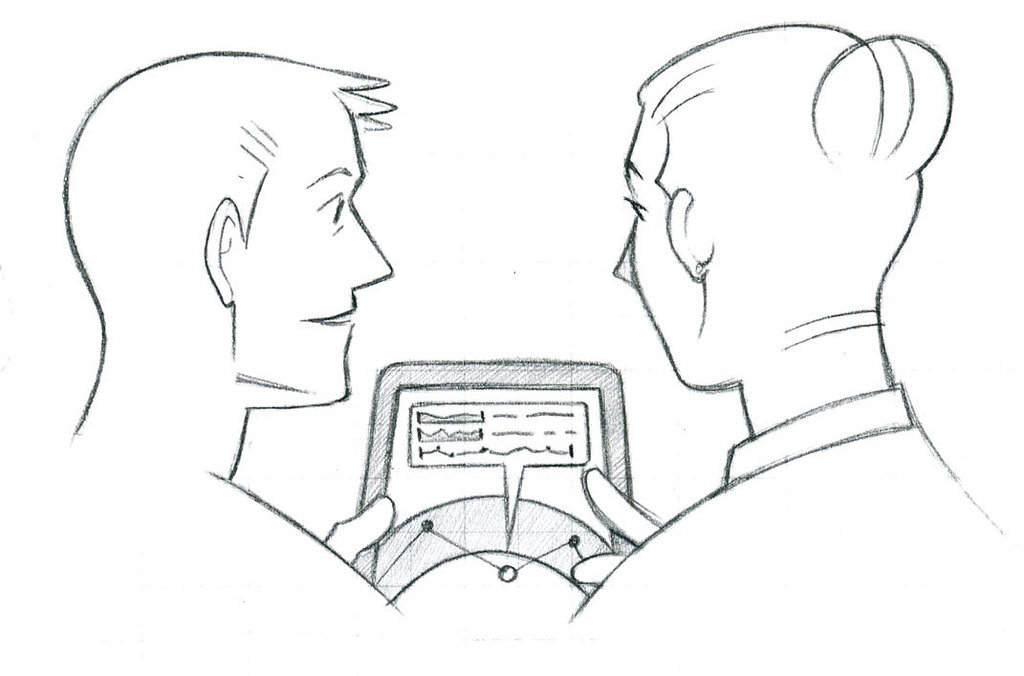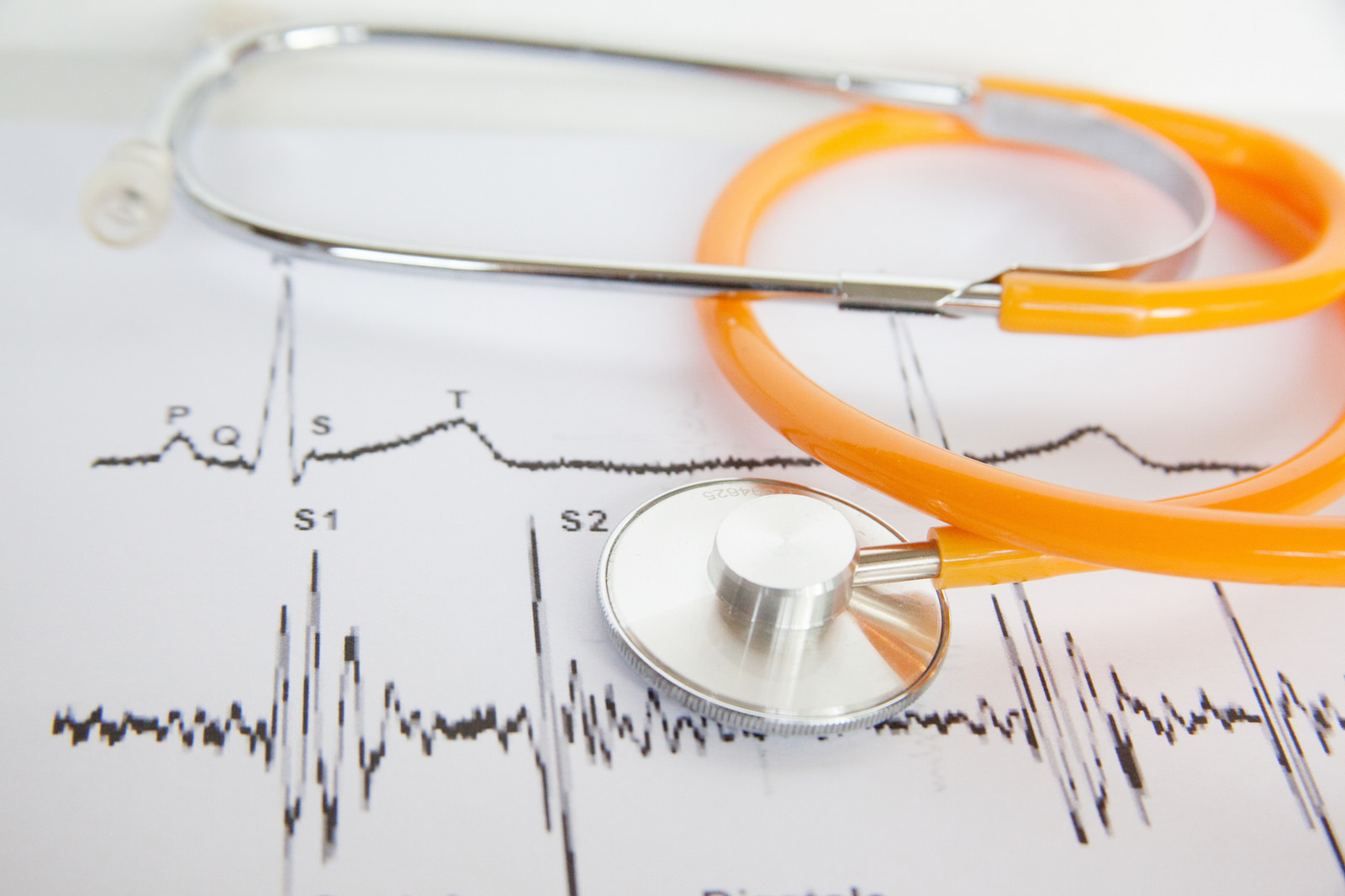The “most wonderful time of the year” is often filled with stark contrasts. While glitz and opulence surround us, sorrow and despair seem to grow emboldened. Nowhere is this truer than in a big city, where poverty and privilege so closely intermingle. Minutes after I walked down Fifth Avenue, basking in the glow of the Christmas lights infinitely multiplied in the facets of glittering diamonds displayed on shop windows, I found myself peering down into a simple metal container full of school supplies. This school-in-a-box, provided by the United Nations Children’s Fund (Unicef), was on display as part of an exhibit called “Insecurities: Tracing Displacement and Shelter”. Insecurities represents one installation in the Citizens and Borders series organized by the Museum of Modern Art (MoMA) in New York City. The Citizens and Borders project aims to highlight experiences of migration, territory, and displacement[1]. Standing in front of this school-in-a-box, I thought of our medical school, replete with its high-tech anatomy lab, treadmill desks, and air conditioning system so powerful it sometimes forces us to use blankets in our lecture halls for warmth. I thought of my comfortable bed at home, and of the night table that stands next to it, teeming with books, and of the shelf above it filled with movies.
Once more, we find ourselves in the midst of the holiday season, awash with bright lights and commercial cheer. This year’s winter holidays occur on the heels of an extremely draining presidential election season that left over fifty percent of Americans feeling stressed and anxious.[2] Already this month, I have seen patients who have related somatic complaints to the election, cooking, and spending time with their extended family To add insult to inury, the commercialism of the season which suggests we ought to see the world through the rosy hues of a colored ornament can exacerbate feelings of stress and anxiety in those who are already overwhelmed and not feeling their healthiest.. As a caregiver, I realize that it is important for us all to be especially sensitive this year to patients who may be feeling a bit less than the usual holiday cheer.
Peering down into the school-in-a-box reminded me of how grateful I am for the many privileges in my life. Some of these privileges, like a loving and supportive family, or being born in a country with free speech and democratic elections, are pure happenstance. Others I have worked hard for, like the privilege of attending medical school and caring for patients. It is important, now more than ever, that we have gratitude for our privileges in life, and help our patients extend an outlook of gratitude in their own life.
Gratitude has consistently been shown to have a positive impact on mental health. Dr. Martin E. P. Seligman, a psychologist at the University of Pennsylvania, asked study participants to write letters of gratitude to people in their lives whose important contributions had previously gone unacknowledged. He then quantified the impact of these letters on the study participants’ letter writers by providing them with a happiness score. Unsurprisingly, the mere act of writing the letter and expressing gratitude was found to boost each participant’s happiness score.[3] As physicians, we ought to support many outlets for creative expression, from yoga to painting, as ways to contribute to our patients’ well being, but we also need to consider gratitude as its own kind of healing salve. Whether we encourage our patients to write expressions of gratitude to special people in their lives, or just to reflect on the small blessings in their everyday lives, gratitude should have a place in our roster of medical advice. We cannot and should not strive to take away the things in our patients’ lives that cause them discomfort, anxiety, and sorrow, whether they be personal events or national political outcomes. Good medicine is not about making the world a more comfortable place, but rather, making our patients more comfortable within the world.
consistently been shown to have a positive impact on mental health. Dr. Martin E. P. Seligman, a psychologist at the University of Pennsylvania, asked study participants to write letters of gratitude to people in their lives whose important contributions had previously gone unacknowledged. He then quantified the impact of these letters on the study participants’ letter writers by providing them with a happiness score. Unsurprisingly, the mere act of writing the letter and expressing gratitude was found to boost each participant’s happiness score.[3] As physicians, we ought to support many outlets for creative expression, from yoga to painting, as ways to contribute to our patients’ well being, but we also need to consider gratitude as its own kind of healing salve. Whether we encourage our patients to write expressions of gratitude to special people in their lives, or just to reflect on the small blessings in their everyday lives, gratitude should have a place in our roster of medical advice. We cannot and should not strive to take away the things in our patients’ lives that cause them discomfort, anxiety, and sorrow, whether they be personal events or national political outcomes. Good medicine is not about making the world a more comfortable place, but rather, making our patients more comfortable within the world.
[1] https://www.moma.org/calendar/exhibitions/1653?locale=en
[2] http://www.npr.org/2016/11/06/500931825/how-to-deal-with-election-anxiety
[3] http://www.health.harvard.edu/newsletter_article/in-praise-of-gratitude
Photo credit: Timo Gufler










